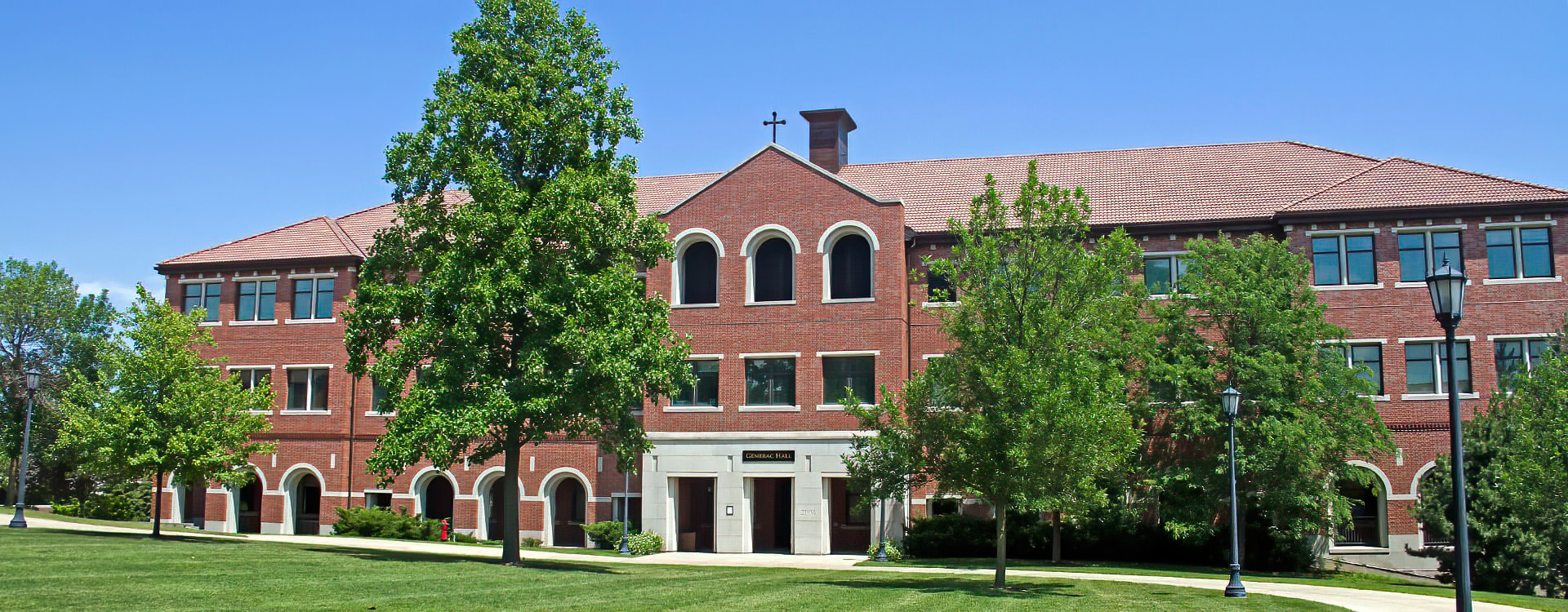Education
- B.S., Biology from University of Wisconsin-Stevens Point - 2000
- M.S., Clinical Microbiology from University of Wisconsin-La Crosse - 2003
- Ph.D., Microbiology and Immunology from Medical College of Wisconsin, Wauwatosa - 2009
- Postdoctoral Research - Uniformed Services University of the Health Sciences (USUHS), Bethesda, MD - 2012
Background
I grew up in rural central Wisconsin, and my heart is there still. I love being outdoors, ranging from gardening to hiking. I am a Kukkiwon-certified, 7th-Dan Black Belt in Jidokwon Taekwondo, and regularly teach self-defense classes and Taekwondo classes. For those who have taken the CliftonStrengths analysis of your personality, I am one of the very rare “Woo” personalities in science. I am a Sci-Fi geek, a science nerd, and a rabid Packers fan. I experienced a set of severe illnesses in college caused by microbes, so I became very curious about what had made me so ill, igniting my interest in microbiology. My passion is microbiology and biochemistry, but also showing how complex, intertwined, and awe-inspiring Biology and Biochemistry really are in nature. My wife has a doctorate in Performance Piano and Pedagogy, and has a very successful private studio. We have been blessed with three wonderful children.
Teaching
- BIO 143 Microbes Friends and Foes Lab
- BIO 201 Introduction to Biology
- BIO 341 Basic Microbiology
- BIO 342 Clinical Microbiology
- BIO 345 Pathogenic Microbiology
- BIO 321 Invertebrate Zoology
- BIO 322 Vertebrate Zoology
- BIO 401/402 Research Strategies
- BCH 350 Biochemistry 1
- BCH 351 Biochemistry Lab
- PED 105 Introduction to Taekwondo
Research Interests
- My main research focus is to determine how Chlamydia can survive in mammalian host cells through small GTPase recruitment. Chlamydia trachomatis causes blindness world-wide and is more commonly known in the U.S. to be the leading cause of bacterial sexually-transmitted infections (STI). Chlamydia replicates by infecting mammalian cells and directing traffic of nutrients directly to the membrane-bound vesicle where the bacteria replicate, called the Chlamydial Inclusion. Previous research suggests that many of these trafficking and distribution orders come from small GTPases, a type of cellular protein switch which direct cellular components. Small GTPases such as RhoA and specific Rab proteins are shown to re-distribute to the Chlamydial Inclusion through an unknown mechanism. My research investigates the mechanism by which RhoA and possibly other small GTPases interact with the Chlamydial inclusion. I am currently also researching vitamin availability in Chlamydial infections. This research involves aspects of Biochemistry, Cell Biology, Molecular Biology, and Microbiology.
- Recently, I have started a collaboration with Anthropology and Chemistry faculty in examining human remains through multiple molecular and chemical means to collect detailed information on how the person lived and what infectious diseases they may have been exposed to during their lifetime. This resulted in a fascinating paper detailing a confirmation of syphilis and treatments for a person 100 years ago.
- I regularly conduct research in microbiology with interested and dedicated students. I also welcome the opportunity to work with students on aspects of microbial detection, microbial ecology, bacterial toxins, growth, metabolism, and coral microbial disease research. Very little prior experience is necessary - I train you, and work with you to develop a project that you will love to work on.
Scholarly Works
Papers
Henkel, J.S., Davis, J.D., and Farley, N.W. Anatomical and biochemical evidence for Treponema pallidum in a 19th to early twentieth century skeletal cadaver. Forensic Science, Medicine and Pathology. 11 May 2020.
Henkel, J.S., Tepp, W.H., Przedpelski, A., Fritz, R.B., Johnson, E.A., and Barbieri, J.T. Subunit Vaccine Efficacy against Botulinum Neurotoxin Subtypes. 2011. Vaccine. Aug 9. PMID: 21839134
Henkel J.S., Baldwin M.R., Barbieri J.T. Toxins from bacteria. EXS. 2010;100:1-29. Review.
Henkel, J.S., Jacobson, M., Tepp, W., Pier, C., Johnson, E.A., Barbieri, J.T. Catalytic Properties of Botulinum neurotoxins subtypes A3 and A4. Biochemistry.
Fang H, Luo W, Henkel J, Barbieri J, Green N. 2006. A yeast assay probes the interaction between botulinum neurotoxin serotype B and its SNARE substrate. Proc Natl Acad Sci USA. May2;103(18):6958-63.
Meece J.K., Henkel J.S., Glaser L., Reed K.D. 2003. Mosquito surveillance for West Nile virus in southeastern Wisconsin-2002. Clin Med Res. Jan;1(1):37-42.
Reed K.D., Meece J.K., Henkel J.S., Shukla S.K. 2003. Birds, migration and emerging zoonoses: West Nile virus, Lyme disease, Influenza A and enteropathogens. Clin Med Res. Jan;1(1):5-12.
Previous Research Theses
University of Wisconsin-Stevens Point: Tick-bourne diseases in deer ticks from Nine-Mile State Forest, Wausau, WI
University of Wisconsin-La Crosse: Detection and surveillance of West Nile Virus in Wisconsin
Medical College of Wisconsin, Wauwatosa: Biochemical Characterization of Botulinum neurotoxin
Uniformed Services University of the Health Sciences (USUHS), Bethesda, MD: Chlamydia trachomatis metabolism and small GTPase recruitment
Service
- Youth ministry, Faith Lutheran, Sussex, WI
- Volunteer teaching basic self-defense classes/series
- Outside Civilian Scientist for Veteran Affairs of Milwaukee, Institutional Biosafety Committee
Professional Memberships
- American Society of Microbiology
- United States Taekwondo Federation


 Biology
Associate Professor
Biology
Associate Professor